The South China Morning Post commented that 2024 is a year of great success in Vietnam-China economic cooperation, due to trade and investment activities.
“What do durian, lobster and snow have in common? They all bring significant economic benefits in a year of prosperity for Vietnam-China relations,” the South China Morning Post (SCMP) of Hong Kong (China) commented in a recent article.
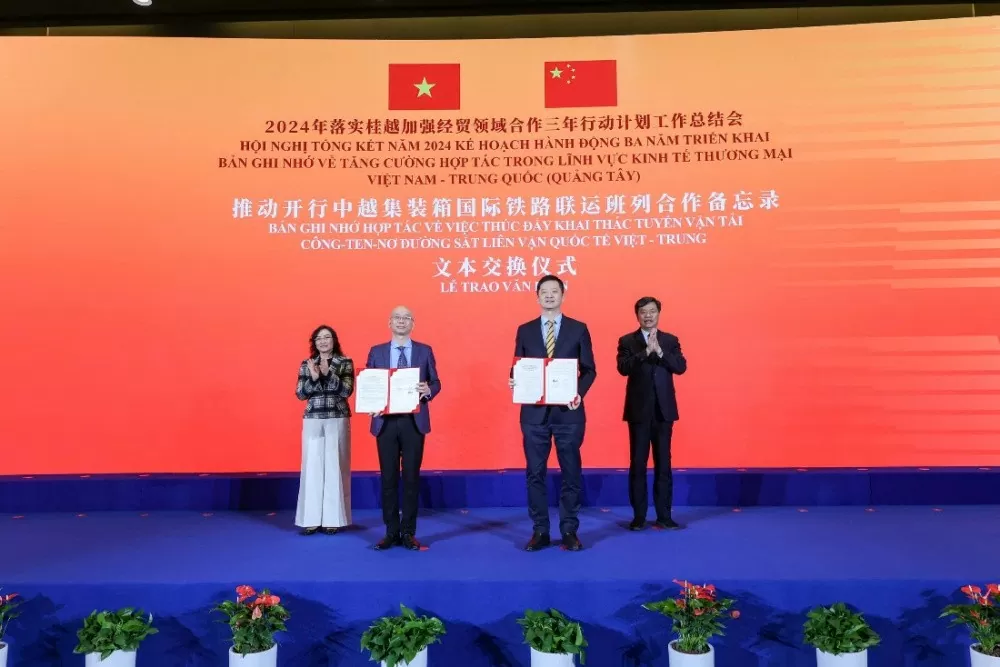 |
| Memorandum of Understanding Awarding Ceremony at the 2024 Year-end Conference of the 2024-2026 Action Plan to implement the Memorandum of Understanding on Strengthening Vietnam-China (Guangxi) Economic and Trade Cooperation. Photo: Dangcongsan.vn |
According to SCMP, economic relations between the two countries have made great strides, thanks to high-level dialogues, vibrant trade and direct investments in infrastructure and manufacturing.
According to data from China Customs, total bilateral trade reached 212.9 billion USD in the first 10 months of 2024, a sharp increase compared to 183.9 billion USD in the same period last year. Notably, lobster exports from Vietnam to China increased sharply by 157% over the same period, reaching 298 million USD in the first 10 months of this year.
Durian also made its mark with a total export value of 2.78 billion USD, up 42.6% over the previous year. Vietnam has now surpassed Thailand to become the largest supplier of durian to China, with an average price of 282 yuan per fruit (about 635,000 VND) in Chinese supermarkets.
In the tourism sector, China was the second largest source of visitors to Vietnam in the first 11 months of the year, with 1.8 million arrivals, a significant increase compared to 557,000 arrivals in the same period last year. Conversely, Vietnam also recorded a sharp increase in the number of tourists to China. Zhangjiajie City, Hunan Province alone, welcomed more than 42,000 Vietnamese visitors in the first half of this year.
In an interview with SCMP, Ms. Phuong Nguyen, Communications Director of the resort service business group Fusion Hotel Group, said that Chinese tourists love Vietnam's long coastline, while Vietnamese tourists increasingly want to travel to China to see the snow. According to her, travel agencies and social media influencers (KOLs) have promoted the trend of Vietnamese people traveling to China.
Great opportunity for bilateral investment
The rise of the middle class in Vietnam is seen as a driving force for investment from China. According to business consultancy Dezan Shira & Associates, the middle class will account for 26% of Vietnam’s population by 2024, becoming a potential market for Chinese businesses.
Brands such as TCL, Xiaomi or Haidilao restaurant chain have covered big cities like Ho Chi Minh City. In addition, many Chinese enterprises also participate in the field of logistics, logistics for agricultural exports, especially durian.
Mr. Ding Wei, Chairman of the Chinese Enterprise Association in Ho Chi Minh City, said that the increased purchasing power of Vietnamese people in the coming years will attract progressive-thinking Chinese enterprises.
One of the companies that has caught the wave of investment from Vietnam is Gotion. Last year, the Chinese electric vehicle battery developer agreed to invest $150 million in shares of VinFast, an electric vehicle manufacturer owned by Vingroup. Meanwhile, in November, Vingroup confirmed that Gotion is now a “key partner” in VinFast’s supply chain and “is part of our efforts to cooperate with potential partners globally to diversify our supply sources.”
Strengthening cooperation on infrastructure
In addition to economic growth, infrastructure cooperation between Vietnam and China has also been continuously improved in recent times. In 2025, Vietnam and China are expected to start construction of the Lao Cai - Hanoi - Hai Phong railway, which will start at Lao Cai and be built in accordance with Chinese standards. Meanwhile, in October, the China Railway Construction Corporation (CCCC) expressed its intention to invest in the $67 billion North-South high-speed railway project.
In an interview with the South China Morning Post, Professor Carl Thayer, of the University of New South Wales (Australia), said the growth in trade has increased the urgency of connecting the China-Vietnam railway lines. “In Beijing, officials want more rail connections across Southeast Asia to help expand economic cooperation,” Professor Thayer said.
The Australian professor also affirmed that the Lao Cai-Hanoi-Hai Phong high-speed railway project connects with the Kunming-Bangkok-Singapore railway system, allowing goods to run from Vietnam, to China and to the end of the Southeast Asian continent. He also added that China's participation in the North-South high-speed railway project will "expand China's connectivity" from Ho Chi Minh City to Cambodia and Thailand.
According to Professor Thayer, the success in infrastructure is especially thanks to a series of high-level contacts between Vietnam and China. “Vietnam is pursuing a policy of diversifying and multilateralizing foreign relations and always opening all paths related to large-scale infrastructure projects,” the Australian professor commented.
Meanwhile, Chinese businesses are also optimistic about the prospects for economic cooperation between the two governments in the coming time. Mr. Ding Wei, Chairman of the Chinese Business Association in Ho Chi Minh City, said: “The Chinese government has maintained an open attitude. They are willing to invest in Vietnam and want to have economic relations with Vietnam.”
Source: https://congthuong.vn/2024-nam-thanh-cong-ruc-ro-cua-hop-tac-kinh-te-viet-nam-trung-quoc-364548.html



![[Photo] Party and State leaders attend the special art program "You are Ho Chi Minh"](https://vphoto.vietnam.vn/thumb/1200x675/vietnam/resource/IMAGE/2025/5/18/6895913f94fd4c51aa4564ab14c3f250)

![[Photo] Many young people patiently lined up under the hot sun to receive a special supplement from Nhan Dan Newspaper.](https://vphoto.vietnam.vn/thumb/1200x675/vietnam/resource/IMAGE/2025/5/18/6f19d322f9364f0ebb6fbfe9377842d3)

![[Photo] Ready for the top competitions of Vietnamese table tennis](https://vphoto.vietnam.vn/thumb/1200x675/vietnam/resource/IMAGE/2025/5/18/9c547c497c5a4ade8f98c8e7d44f5a41)


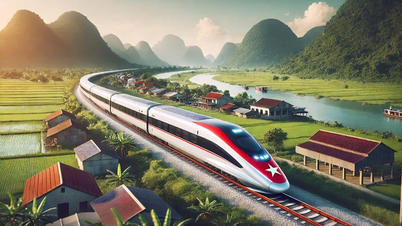



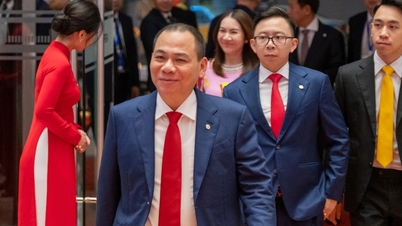



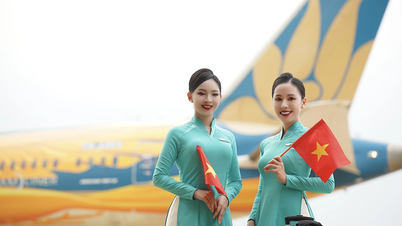







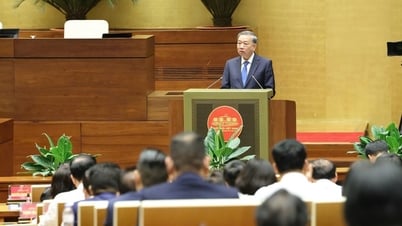






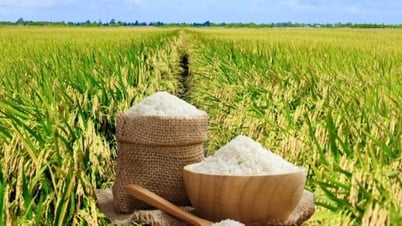


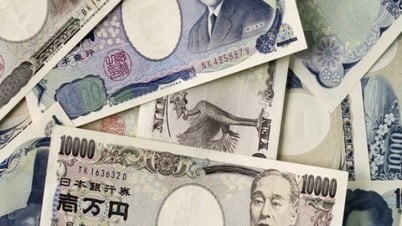

















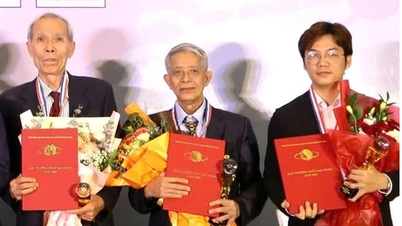








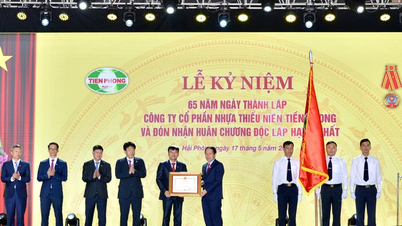


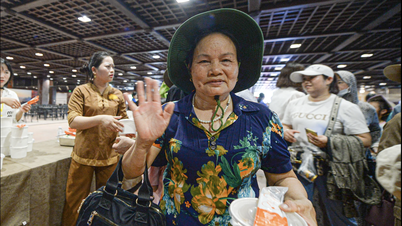






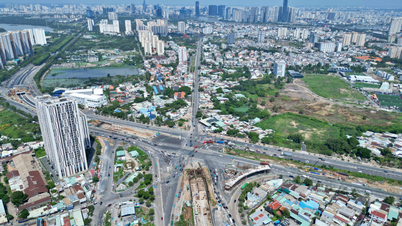
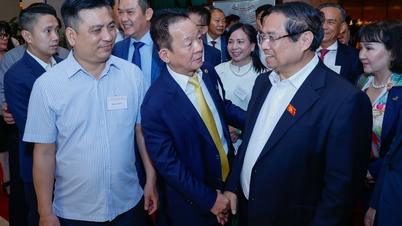
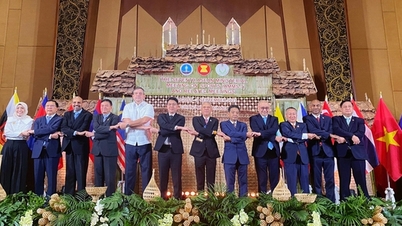

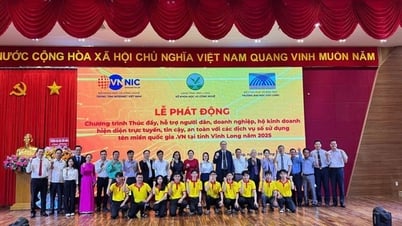

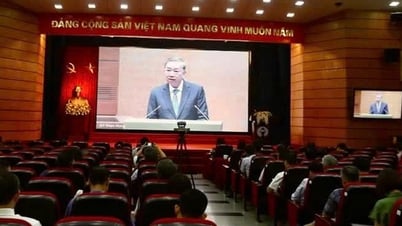
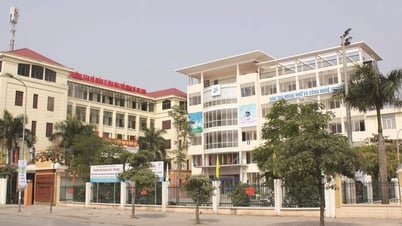

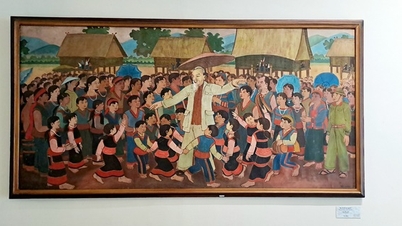
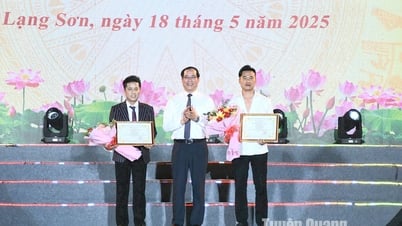



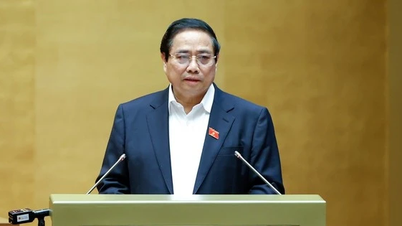















Comment (0)